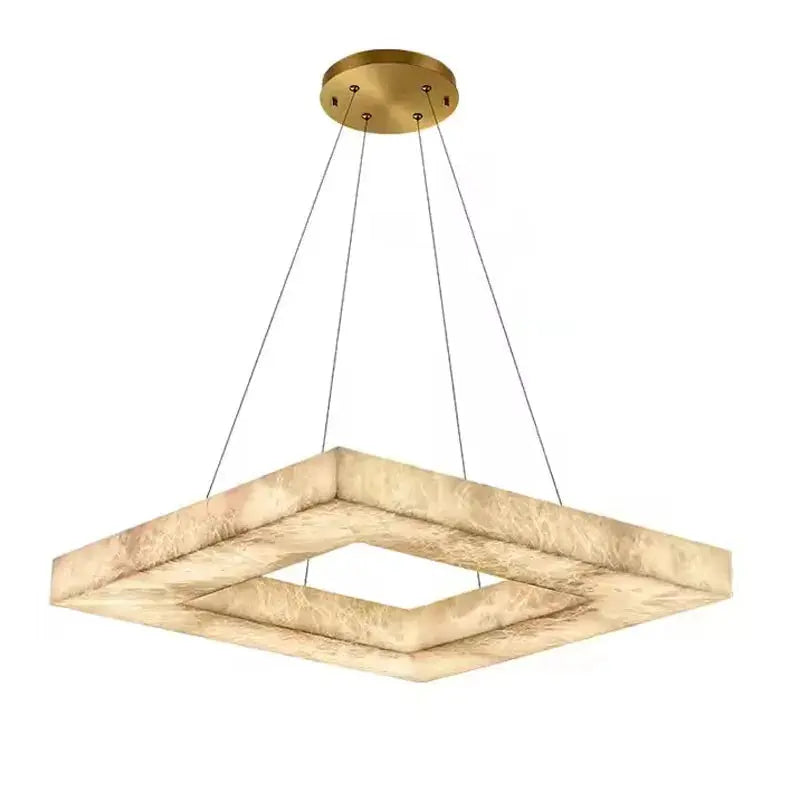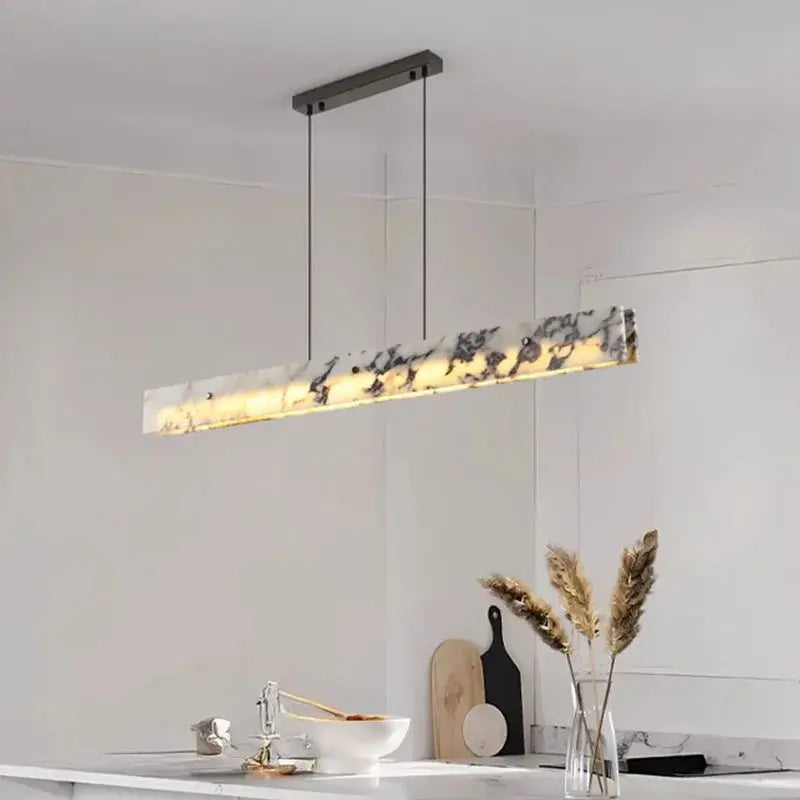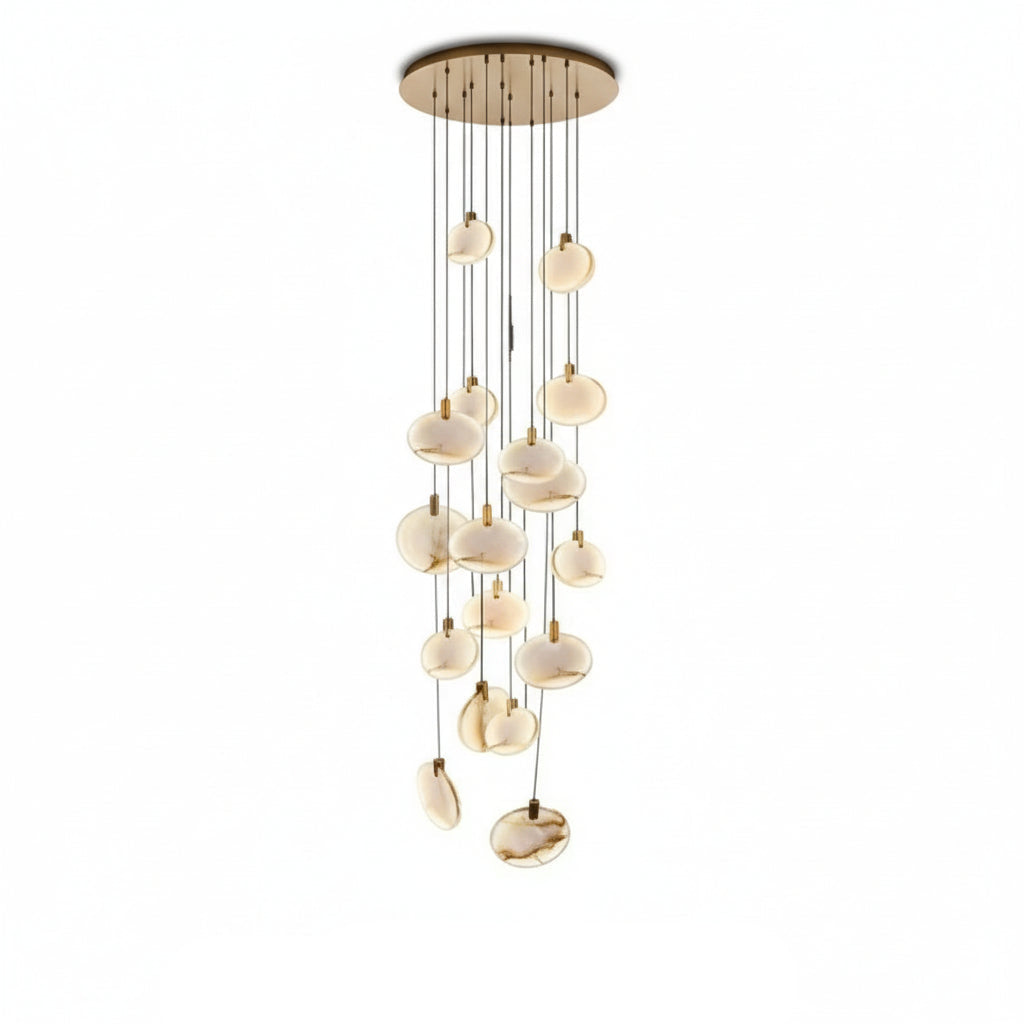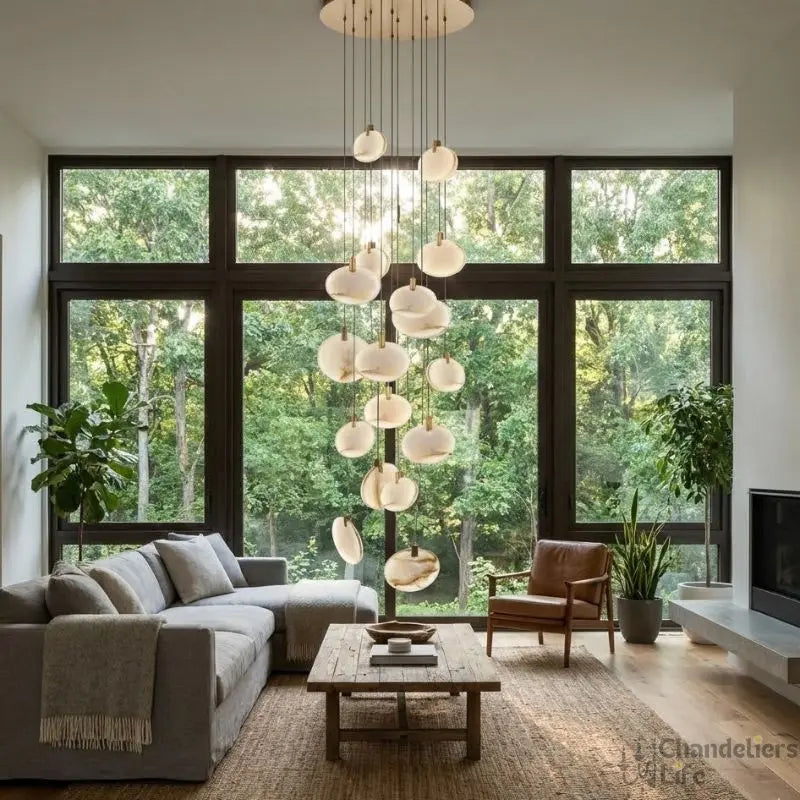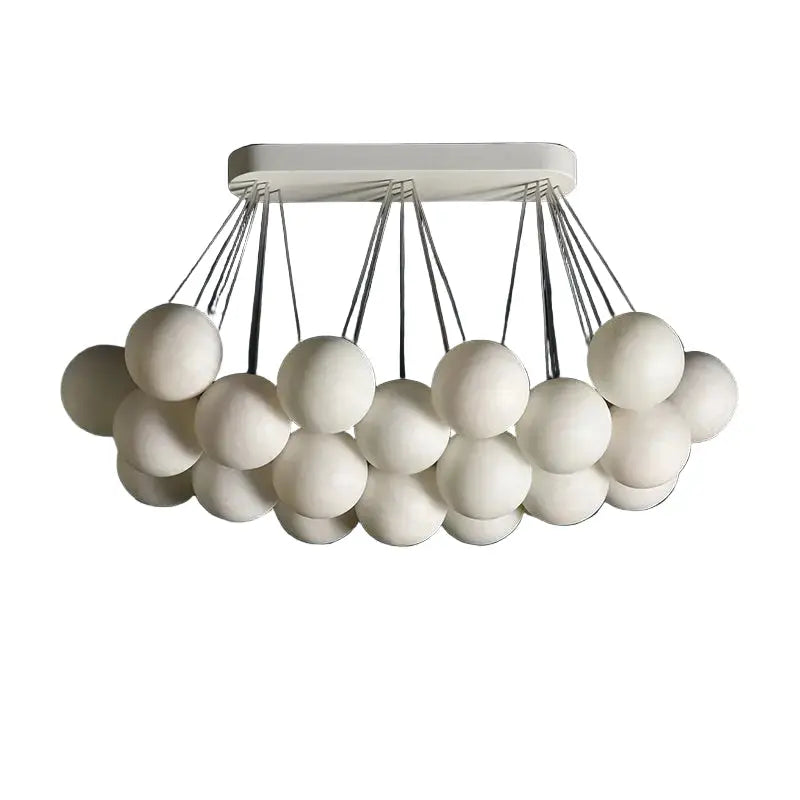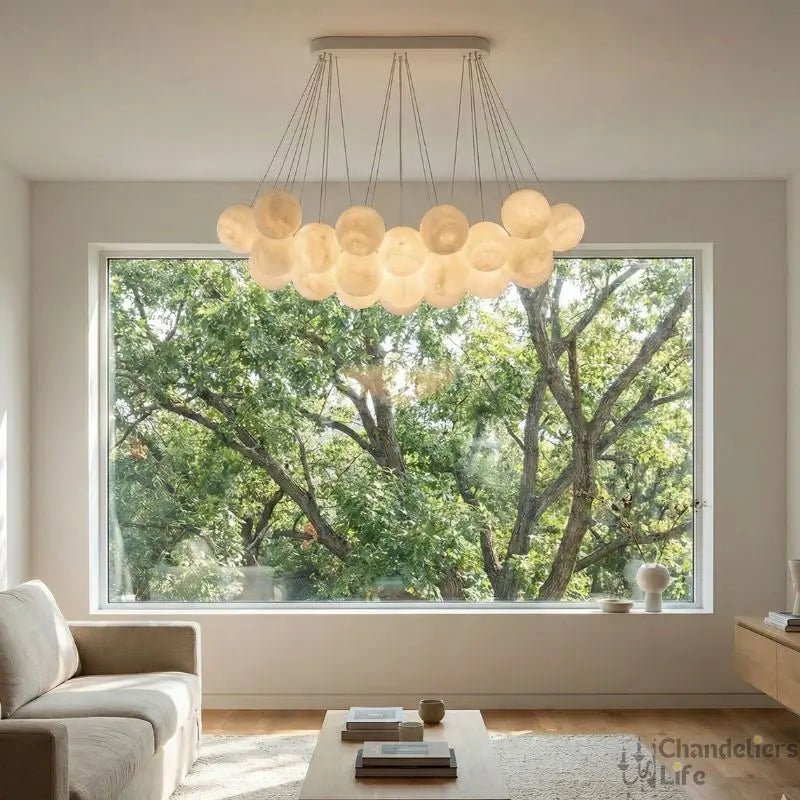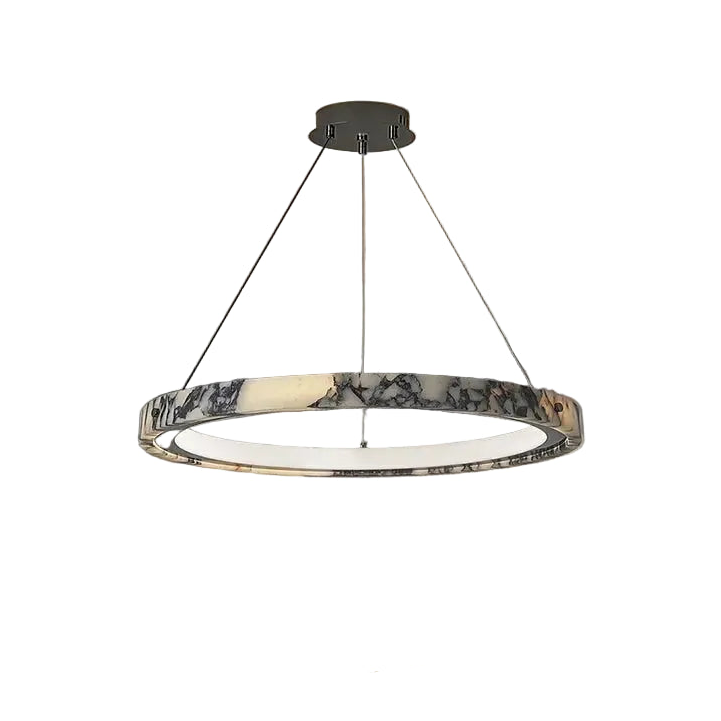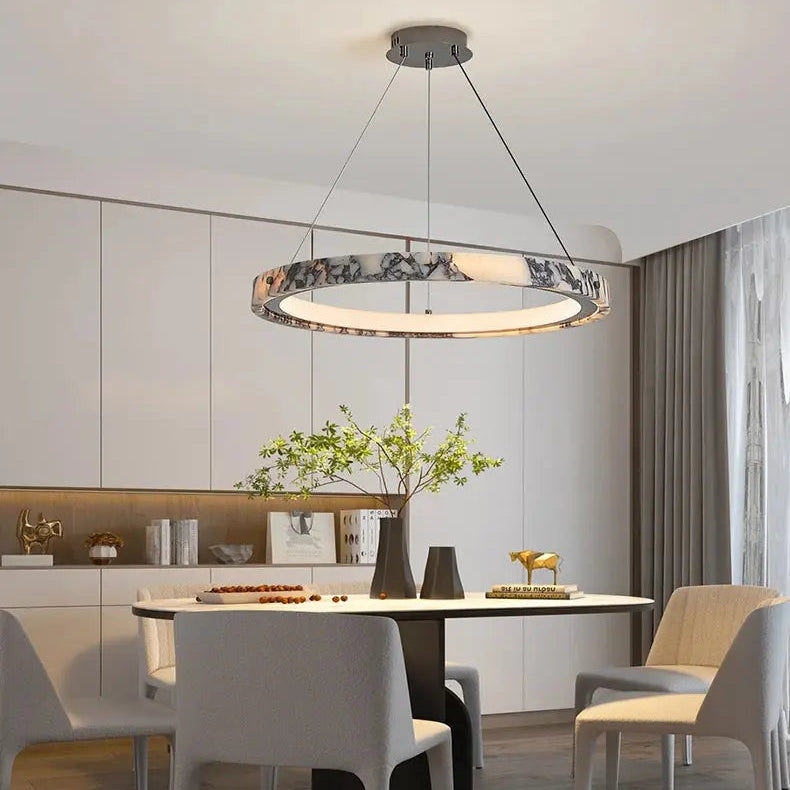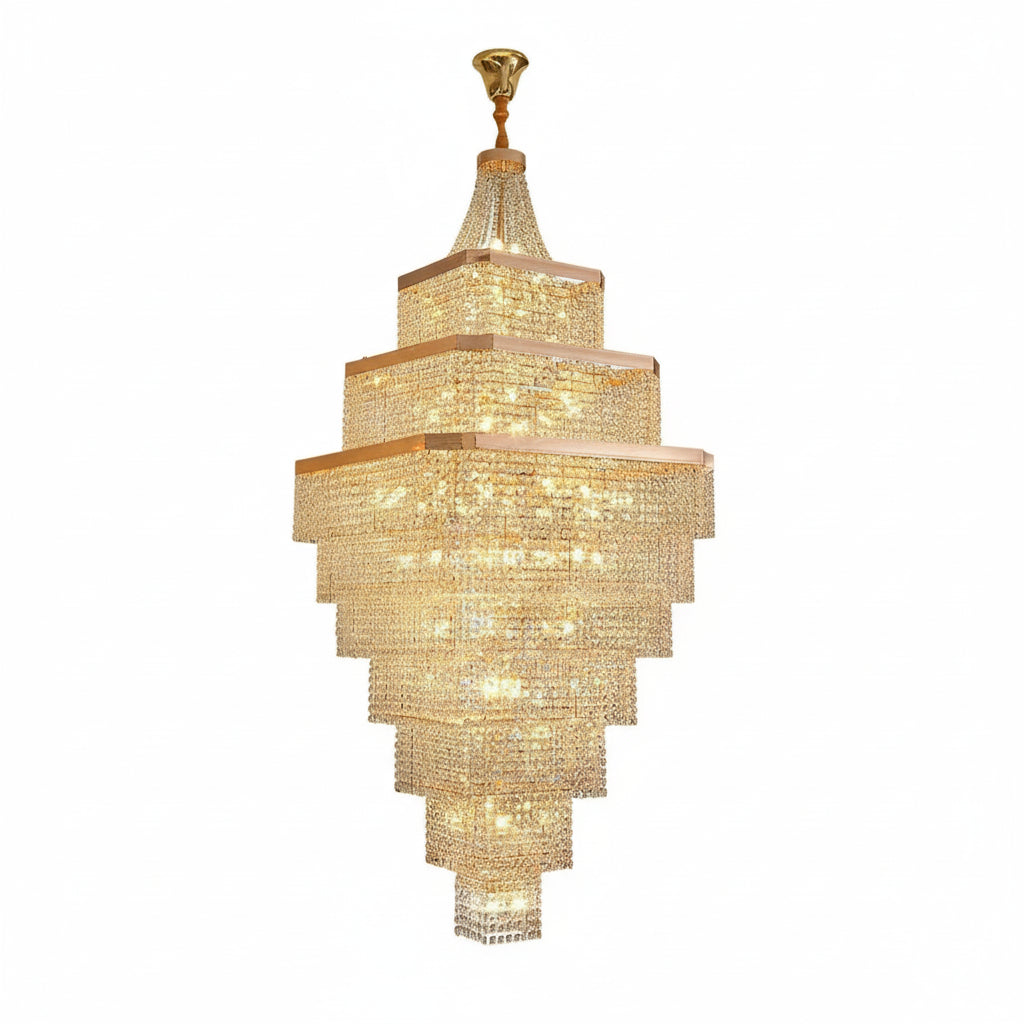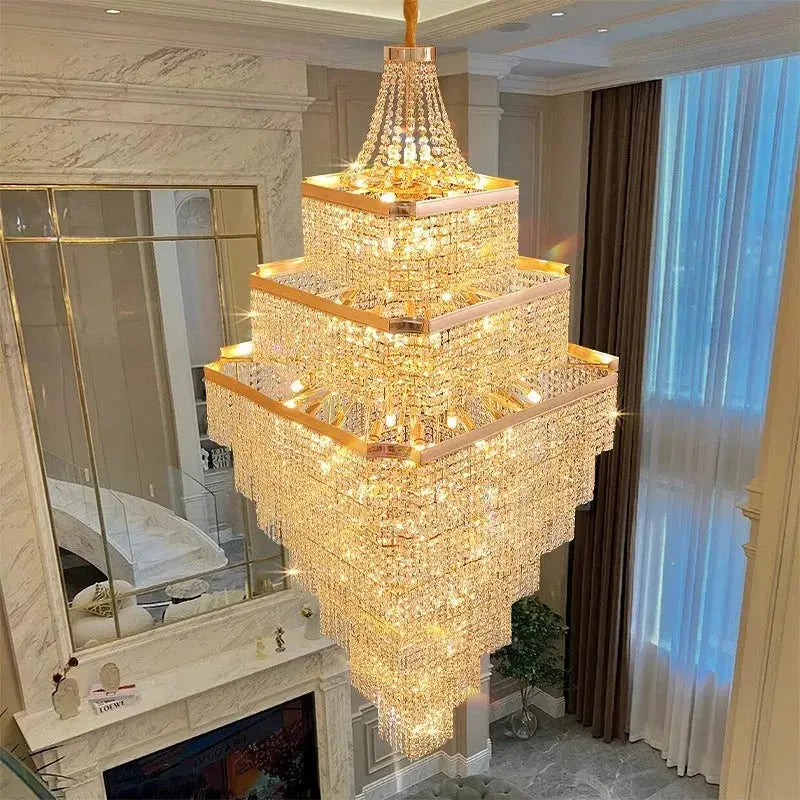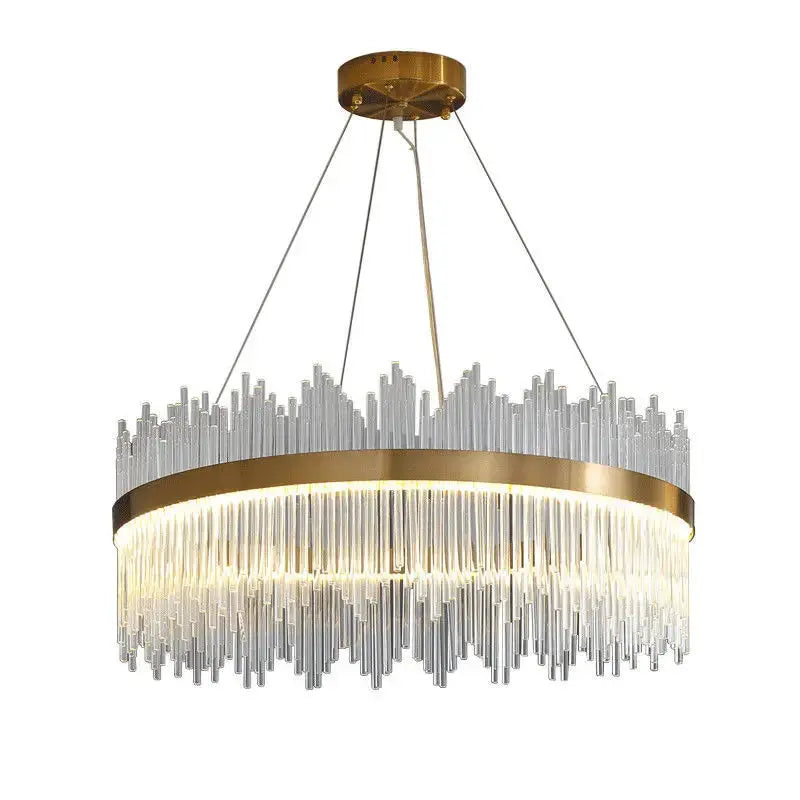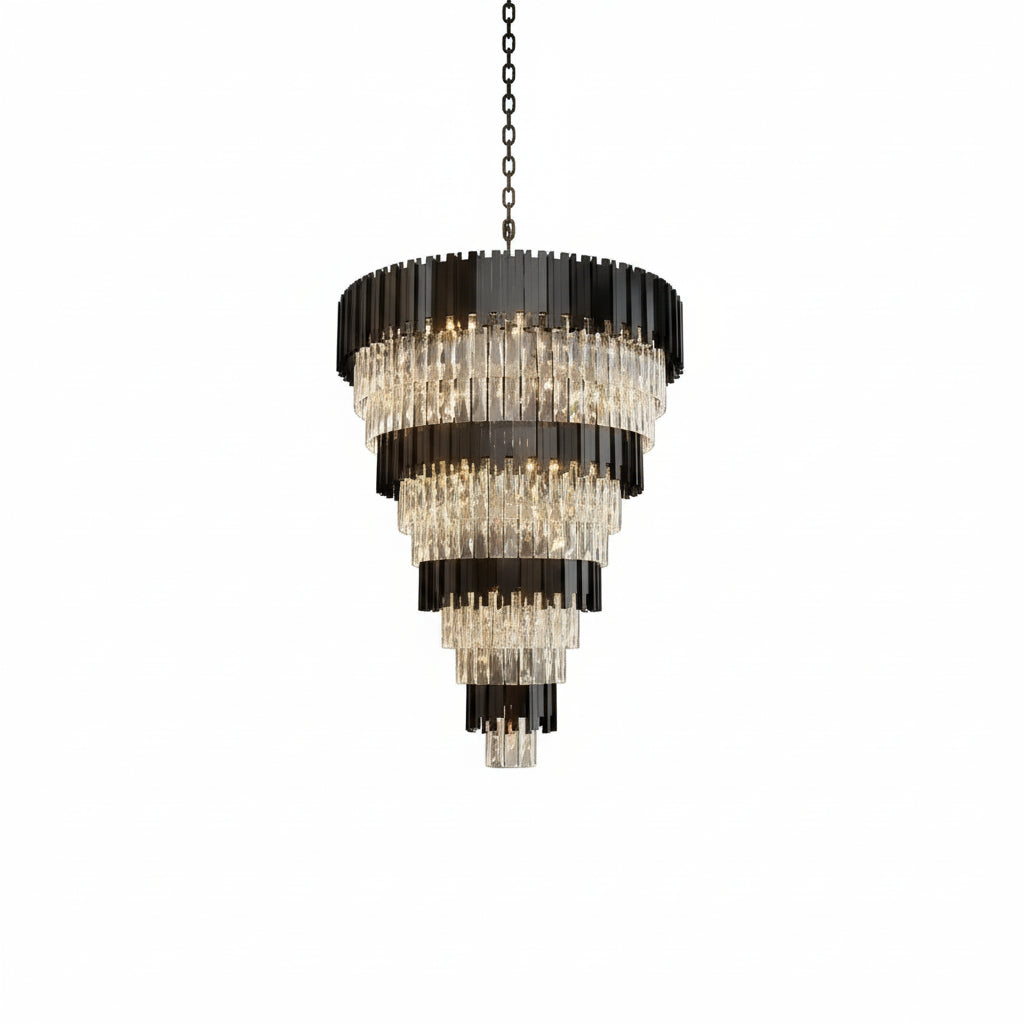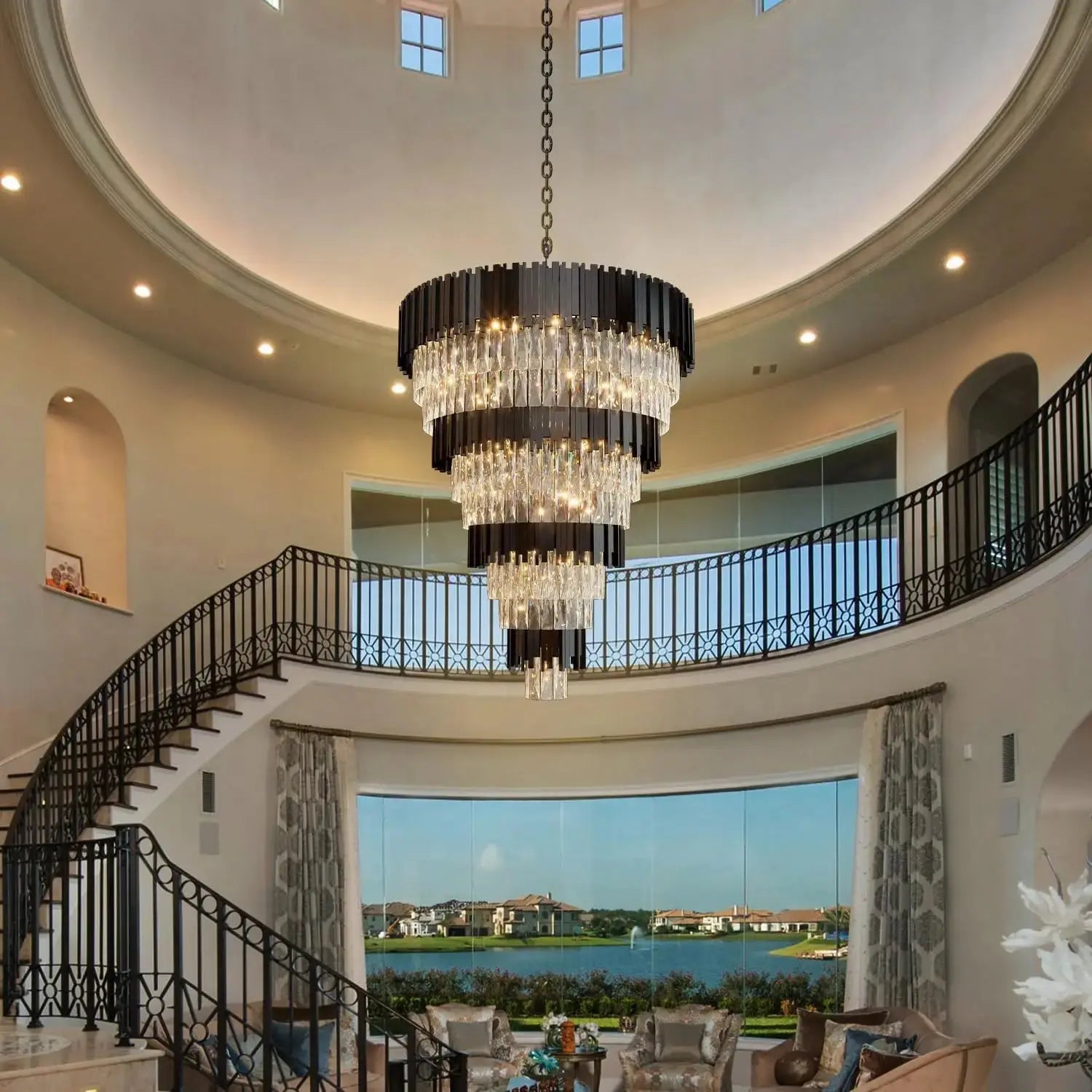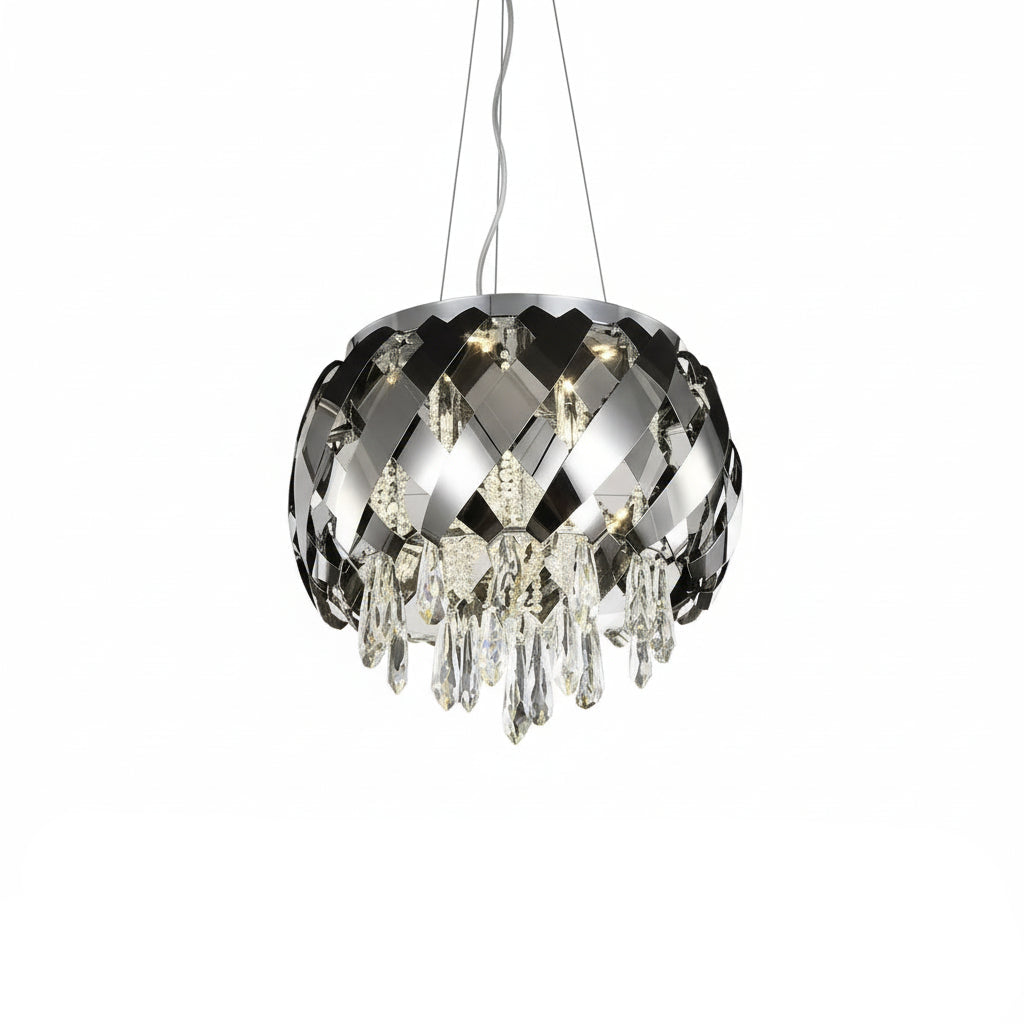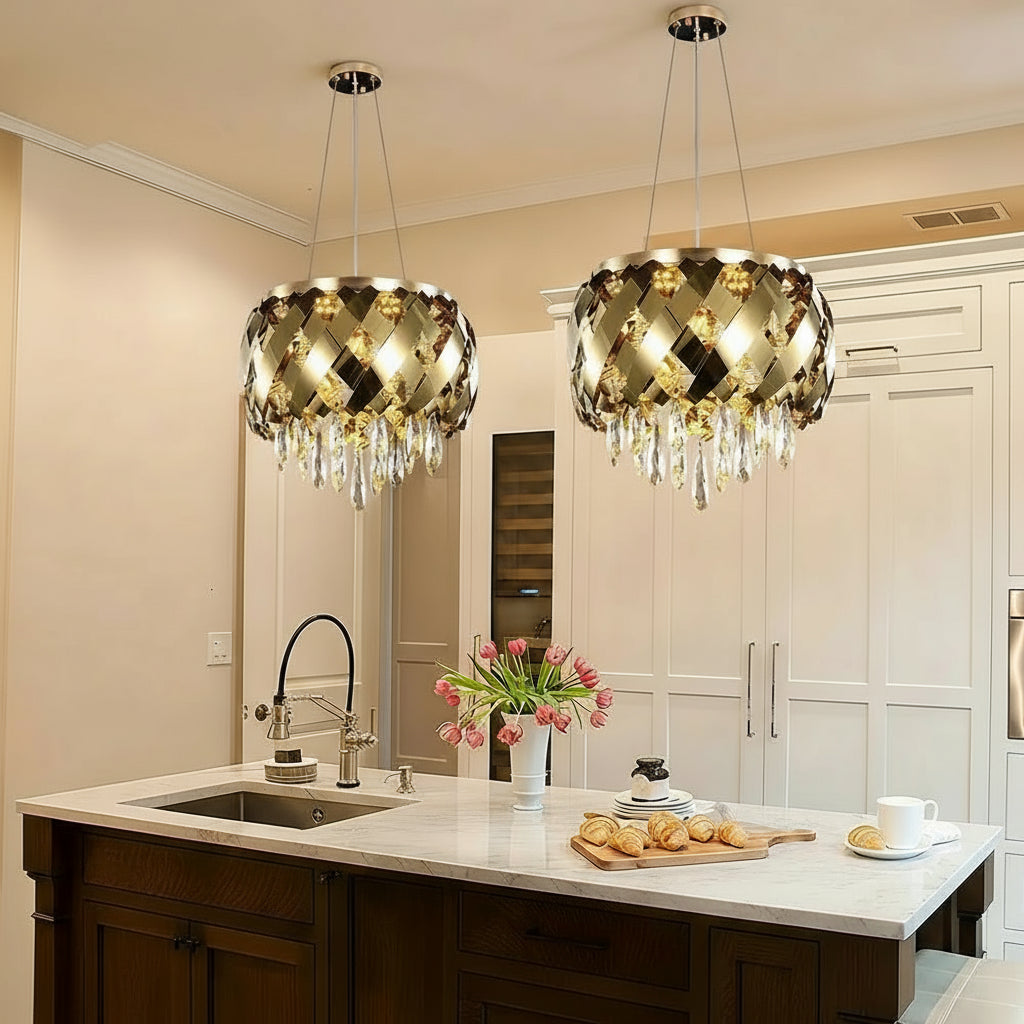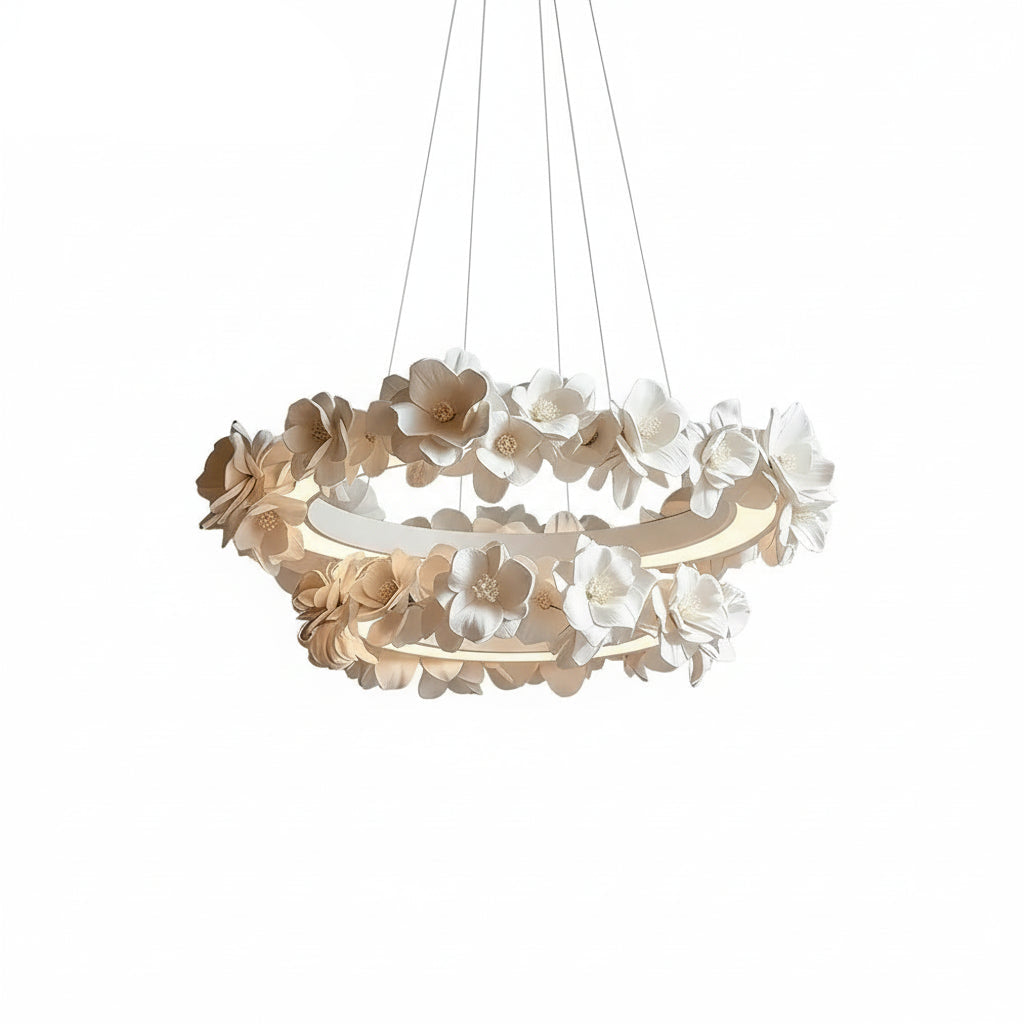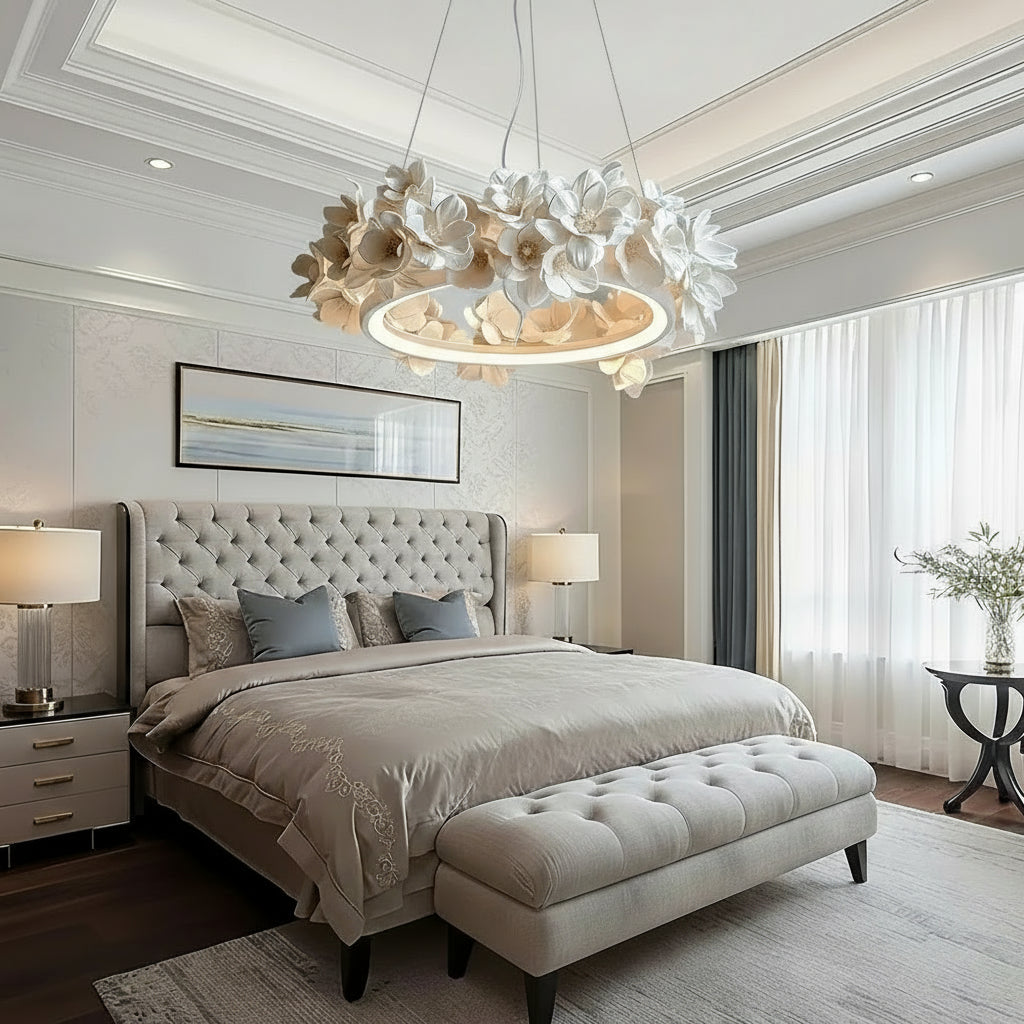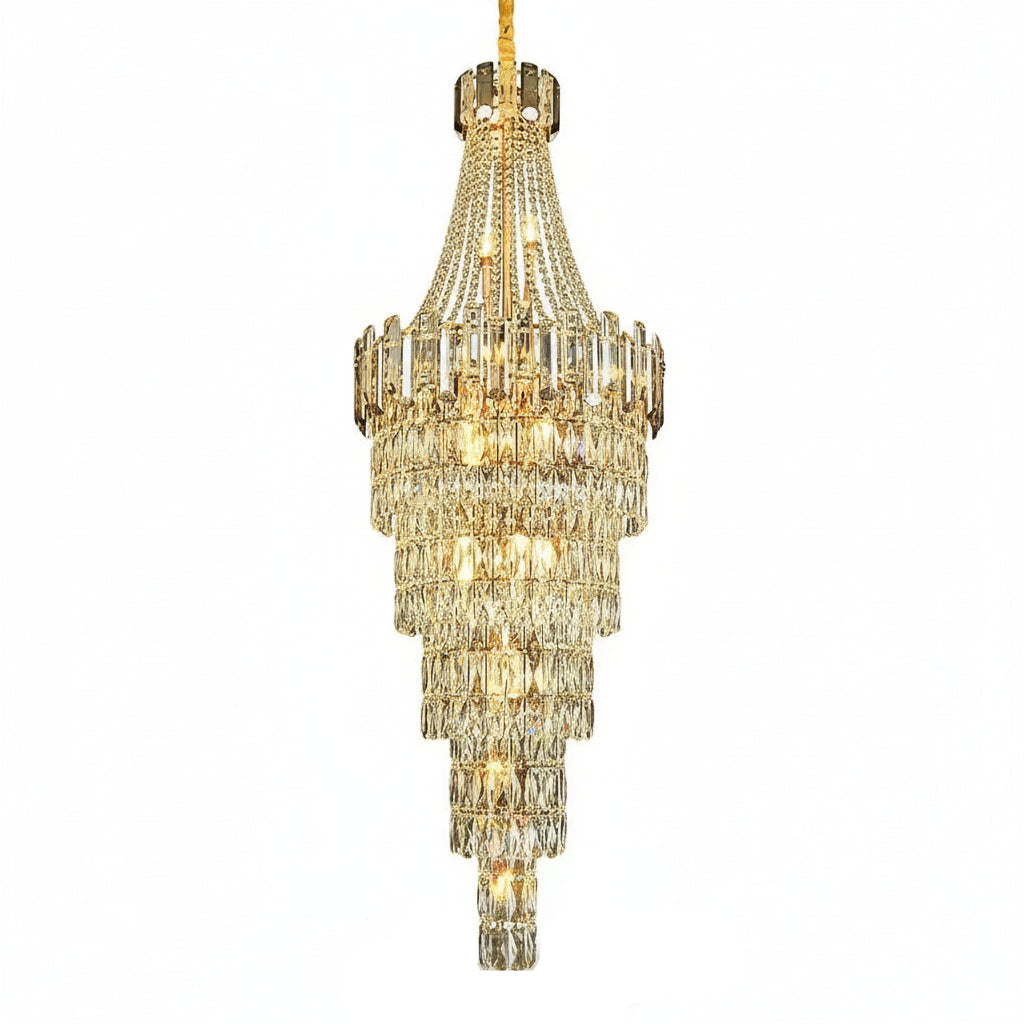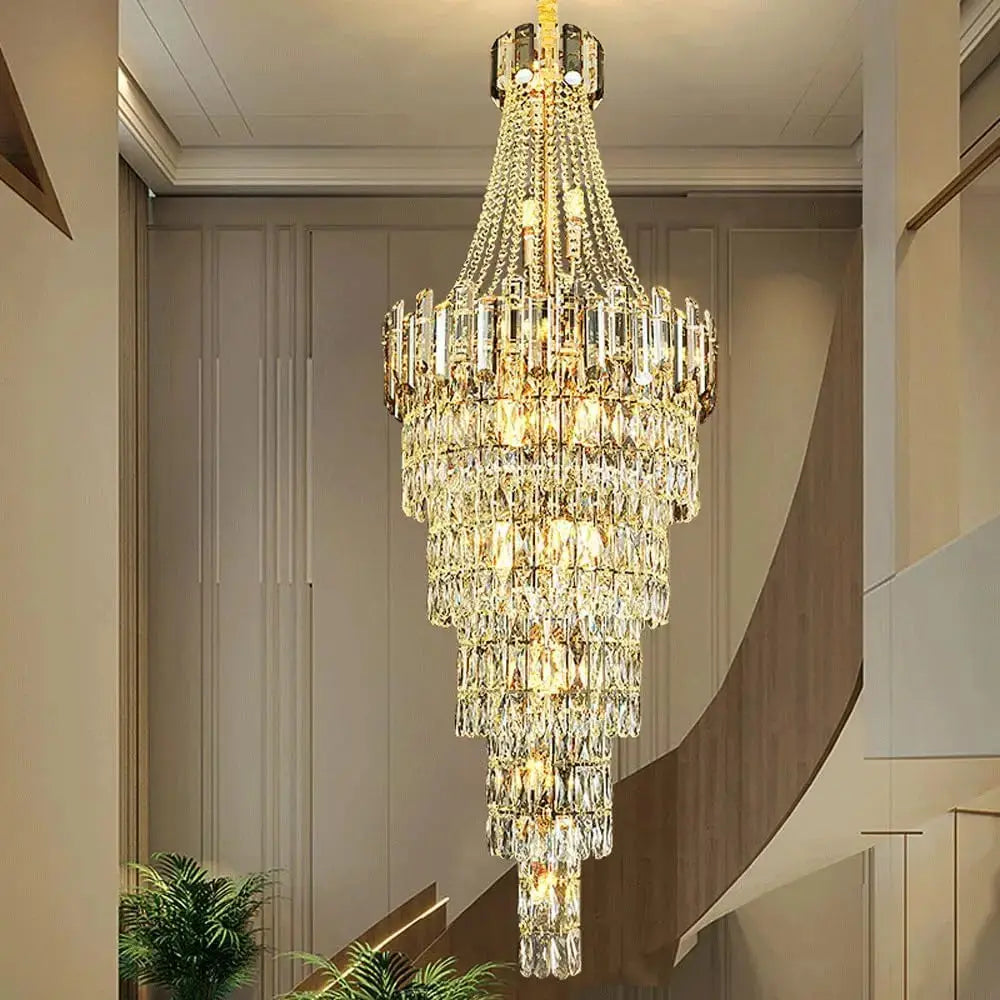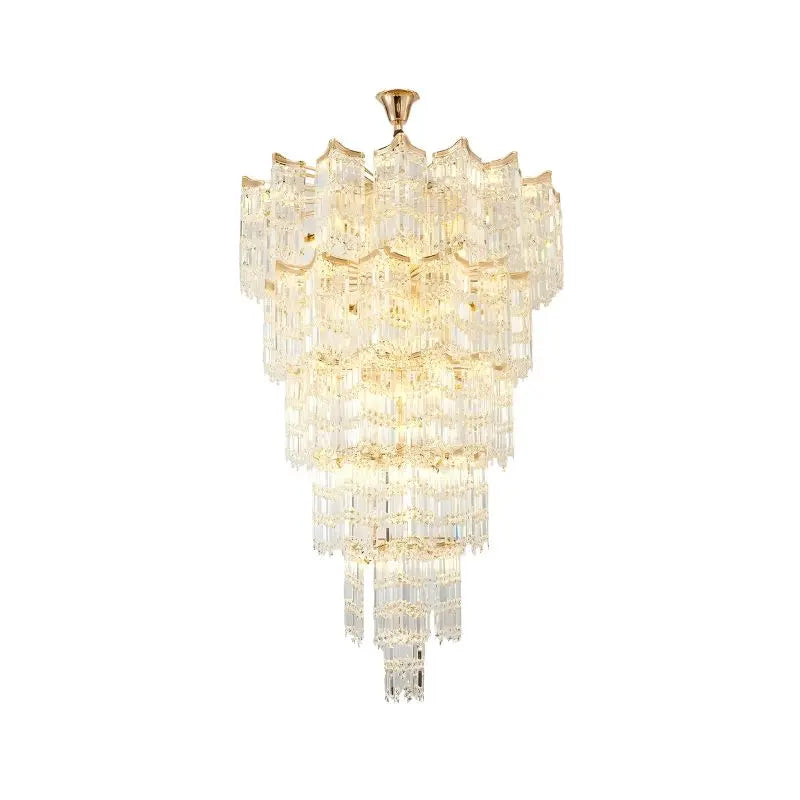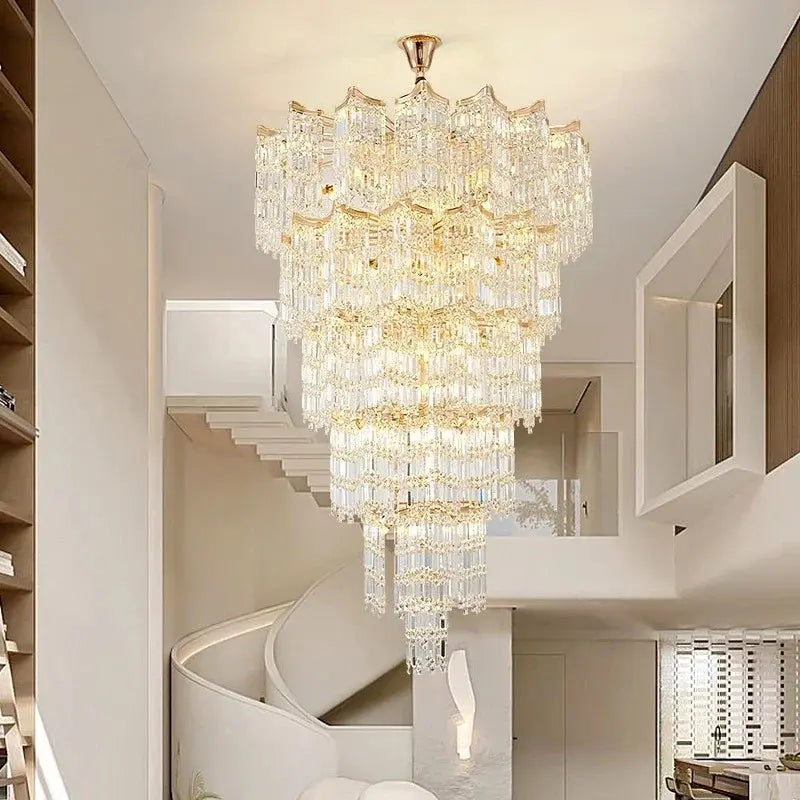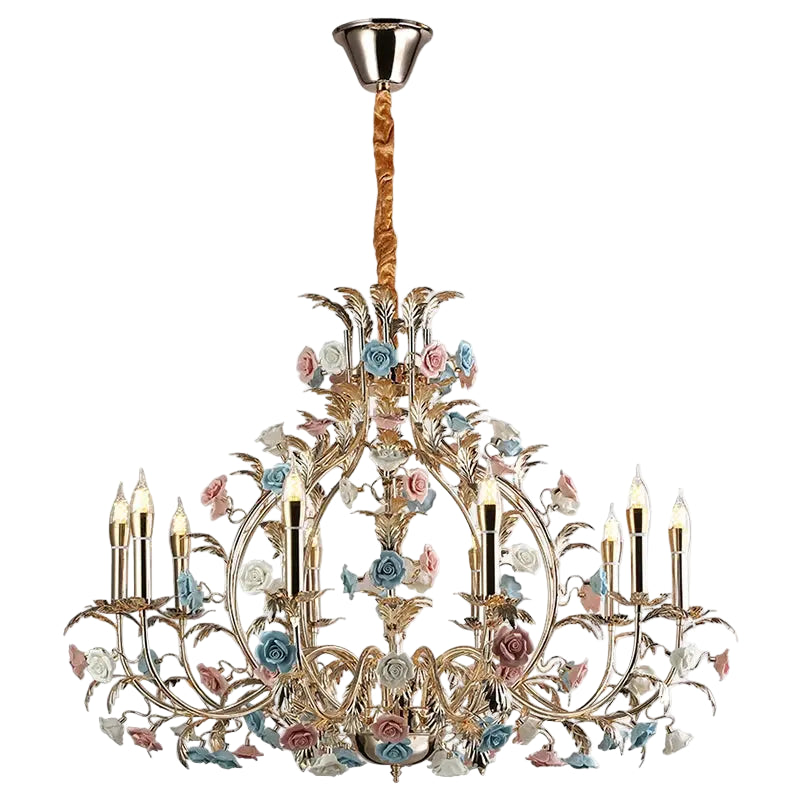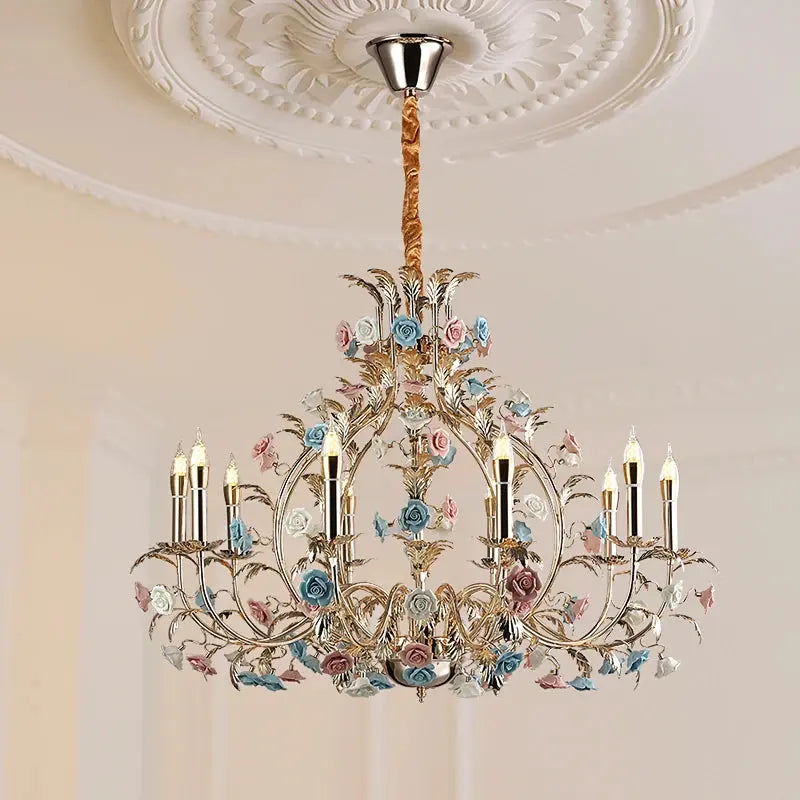If you're dealing with low ceilings, finding the right lighting can be a challenge. But don't worry, pendant lights for low ceilings can be both stylish and functional! They can brighten up your space and add character without overwhelming your room. In this article, we’ll look at some great options and tips to help you choose the perfect pendant lights that fit your style and your ceiling height.
Key Takeaways
- Pendant lights for low ceilings can combine style and practicality.
- There are many styles available, from modern to vintage, to suit your decor.
- Adjustable pendant lights are great for flexibility in height.
- Using pendant lights can create the illusion of a larger space by drawing the eye upward.
- These lights can be arranged individually or in groups to enhance your room's layout.
Choosing The Right Pendant Lights For Low Ceilings
Finding the perfect lighting for rooms that don't have a lot of height can feel like a real puzzle. You want something that looks good, gives off enough light, and doesn't make the room feel even smaller. Pendant lights can be a great solution, but it's important to choose wisely. Let's look at some things to keep in mind when picking out pendant lighting for your low-ceilinged space.
Consider Size And Scale
Size really matters when you're dealing with low ceilings. You don't want a huge, bulky pendant light that hangs way down and becomes a hazard. Instead, think about smaller, more compact fixtures. The goal is to find something that complements the room without overwhelming it. A good rule of thumb is to measure the height of your ceiling and then look for lights that are proportionally smaller. You might even consider the Room & Board Orikata Pendant, which is designed to hang close to the ceiling.
Explore Different Styles
Just because you have low ceilings doesn't mean you have to sacrifice style! There are tons of different pendant light styles that work well in smaller spaces. Minimalist designs with clean lines are always a good choice, as they tend to be less visually intrusive. Glass or metal finishes can also help to make the space feel more open and airy. Don't be afraid to experiment with different shapes and materials to find something that reflects your personal taste. Wicker pendant lights can add a natural feel, while geometric pendant lights offer a modern, sleek look.
Evaluate Light Output
Think about how much light you actually need in the room. Is it a space where you'll be doing a lot of tasks that require bright light, or is it more of a relaxing area where you want a softer glow? The amount of light a pendant light gives off depends on the type of bulb it uses and the design of the fixture itself. For low ceilings, you might want to consider lights that direct light upwards, as this can help to create the illusion of more height. Also, think about the color temperature of the light. Warmer light tends to create a cozier atmosphere, while cooler light is better for task lighting.
Choosing the right pendant lights for low ceilings is about balancing style, functionality, and space. By considering the size, style, and light output of the fixture, you can find the perfect lighting solution for your home.
Stylish Options For Low Ceilings
Modern Minimalist Designs
When you're dealing with low ceilings, the key is to keep things simple and streamlined. Think clean lines, unadorned surfaces, and a focus on functionality. A modern minimalist pendant light can be a game-changer. These lights often feature sleek metal finishes, simple geometric shapes, and a low profile that doesn't overwhelm the space. They provide ample light without visually cluttering the room. I've found that sticking to neutral colors like white, black, or brushed nickel helps maintain a sense of openness. Don't be afraid to experiment with different shapes, but always prioritize simplicity. For example, a simple disc-shaped pendant or a linear LED fixture can work wonders. Remember, less is more when it comes to low ceilings.
Classic Vintage Styles
Who says you can't have a touch of vintage charm even with low ceilings? The trick is to choose vintage-inspired chandelier alternatives that don't hang too low. Look for designs that are wider rather than taller. Think about flush mount or semi-flush mount fixtures with a vintage aesthetic. These can give you that classic feel without sacrificing headroom. I'm a big fan of vintage-style glass shades or fixtures with exposed bulbs. These add a warm, inviting glow to the room. Just make sure the overall design is relatively simple and doesn't have too many ornate details that can make the space feel cramped. A vintage-inspired pendant light can be the perfect way to add character to your space without overwhelming it.
Whimsical And Artistic Choices
Don't be afraid to get a little creative! Low ceilings don't mean you have to sacrifice personality. There are plenty of whimsical and artistic pendant lights that can work beautifully in smaller spaces. Look for designs that are unique and eye-catching but still relatively compact.
Here are some ideas:
- Sculptural Pendants: Lights that double as art pieces, adding visual interest without taking up too much space.
- Colorful Glass: Pendants with vibrant glass shades can add a pop of color and personality to the room.
- Unusual Materials: Consider lights made from unexpected materials like wood, fabric, or even recycled materials.
Remember to keep the overall scale in mind. Even if a light is whimsical, it should still be appropriately sized for the room. A small, artistic pendant can be a fantastic focal point, adding a touch of fun and personality to your space.
Functional Benefits Of Pendant Lights
Pendant lights aren't just about looking good; they actually serve some pretty important functions in a room. I never really thought about it until I started swapping out some of my old fixtures, but the right pendant can totally change how you use a space. It's not just about flipping a switch and having light; it's about creating the right kind of light for what you're doing.
Task Lighting For Workspaces
Okay, so I've been working from home a lot more lately, and I realized my desk area was seriously lacking in good lighting. I had this one overhead light that cast shadows everywhere, and it was just awful for trying to focus. I decided to install a small pendant light right over my desk, and it's made a huge difference. Now I have direct, focused light that helps me see what I'm doing without straining my eyes. It's also great for things like reading or any kind of detailed work. Plus, it just looks nicer than a clunky desk lamp.
Creating Ambiance In Living Areas
I'm all about creating a cozy vibe in my living room. I want it to be a place where I can relax after a long day. I found that pendant lights can really help with this. Instead of relying on harsh overhead lighting, I use a few pendants with dimmer switches to create a warm, inviting glow. It's perfect for movie nights or just hanging out with friends. You can even use different colored bulbs to set a specific mood. I've got some amber-toned bulbs that I love for the fall and winter months.
Enhancing Room Perception
One thing I didn't expect was how pendant lights can actually make a room feel bigger. I have a small dining area, and it always felt a bit cramped. I installed a pendant light over the table, and it draws your eye upward, making the ceiling seem higher. It's a simple trick, but it really works. Plus, the light itself brightens up the space, making it feel more open and airy. It's amazing how much of a difference a single chandelier can make.
I think the best part about using pendant lights is that they're so versatile. You can use them in just about any room, and they come in so many different styles. Whether you're going for a modern look or something more traditional, there's a pendant light out there that will fit your needs. And the functional benefits are just a bonus!
Installation Tips For Pendant Lights

Optimal Height For Hanging
Getting the height right is super important. You don't want people bumping their heads! For low ceilings, a good rule of thumb is to hang the pendant light so the bottom of the fixture is at least 7 feet from the floor. If it's going over a table or countertop, aim for about 30 inches above the surface. This gives you enough light without getting in the way. It's a balancing act, but worth it to get right. You can also consider adjustable pendant lights for maximum flexibility.
Placement Over Furniture
Think about where you're putting the light in relation to your furniture. Over a dining table? Center it! Over a kitchen island? Maybe use a few smaller pendants instead of one big one. The goal is to provide light where you need it without making the space feel cluttered. Also, consider the style of your furniture. A modern table might look great with a minimalist pendant, while a rustic table could pair well with something more vintage. It's all about creating a cohesive look.
Using Multiple Fixtures
Don't be afraid to use more than one pendant light! Especially in larger rooms, multiple smaller fixtures can look way better than one huge one. It helps distribute the light evenly and can create a more balanced feel. Think about using a row of pendants over a kitchen island or a cluster of lights in a living room corner. Just make sure they're all the same style or at least complement each other. You can also consider layering light sources to create a more dynamic and interesting lighting scheme.
When installing pendant lights, always turn off the power at the breaker box first. It sounds obvious, but it's easy to forget, and electricity is not something to mess around with. Also, double-check that the mounting hardware is secure before letting go of the fixture. You don't want it crashing down later!
Adjustable Pendant Lights For Versatility
Adjustable pendant lights are a game-changer, especially when dealing with low ceilings or spaces where you need flexibility. The ability to change the height of your lighting fixture means you can adapt to different situations and room layouts. It's not just about aesthetics; it's about making your lighting work for you.
Benefits Of Adjustable Heights
Having adjustable pendant lights offers a ton of advantages. Here are a few:
- Adaptability: You can change the height based on the task. Need more light for reading? Lower it. Having a party and want more ambient light? Raise it up.
- Versatility: They work in almost any room, from kitchens to dining areas to bedrooms. If you move furniture around a lot, this is a huge plus.
- Space Optimization: Perfect for low ceilings, as you can ensure the light doesn't hang too low and become an obstacle. They are ideal for rooms with limited vertical space.
Adjustable pendant lights are a great investment because they grow with your needs. You're not stuck with one height forever, which is especially useful if you're renting or planning to rearrange your space in the future.
Best Brands For Adjustable Options
When it comes to adjustable pendant lights, some brands really stand out. Here are a few to consider:
- West Elm: Known for their modern designs and quality materials. They often have adjustable options in various styles.
- CB2: Similar to West Elm, but with a slightly more edgy and contemporary feel. Great for finding unique adjustable pendants.
- Pottery Barn: Offers a range of classic and timeless designs, many of which come with adjustable features. The Mackenzie-Childs Cirque Chandelier is a fantastic option.
Design Considerations
Before you buy, think about these design aspects:
- Style: Does it match your existing decor? Consider the overall aesthetic of the room.
- Material: Metal, glass, fabric? Each material gives a different vibe and affects the light output.
- Bulb Type: LED, incandescent, or halogen? Think about energy efficiency and the kind of light you want. The modern light fixture combines wood and concrete.
- Weight: Make sure your ceiling can support the weight of the fixture, especially if it's a larger or more elaborate design.
Here's a quick table to help you compare different bulb types:
| Bulb Type | Lifespan | Energy Efficiency | Light Quality | Heat Output | Cost |
|---|---|---|---|---|---|
| LED | High | Very High | Good | Low | Higher |
| Incandescent | Low | Low | Excellent | High | Low |
| Halogen | Medium | Medium | Excellent | Medium | Medium |
Combining Pendant Lights With Other Fixtures

Layering Light Sources
Layering light is key to a well-lit and inviting space. Don't rely solely on your pendant lighting. Think about how different light sources can work together to create the perfect ambiance. This means combining overhead lighting with lamps and even natural light to achieve a balanced and functional design.
- Ambient Lighting: This provides overall illumination. Think recessed lights or flush mounts.
- Task Lighting: Focused light for specific activities, like reading or cooking. Table lamps or under-cabinet lights work well.
- Accent Lighting: Used to highlight artwork or architectural features. Wall sconces or spotlights are great choices.
Mixing Styles For A Cohesive Look
Mixing styles can be tricky, but when done right, it can add character and depth to your space. The goal is to create a cohesive look that feels intentional, not haphazard. Consider the overall style of your home and choose fixtures that complement each other. For example, you might pair a modern minimalist pendant with a vintage-inspired floor lamp. The key is to find common elements, such as color, material, or shape, that tie the different styles together.
Using Accent Lighting
Accent lighting is your secret weapon for adding drama and visual interest to a room. It's all about highlighting specific features or creating focal points. Think about using spotlights to showcase artwork, or wall sconces to add a warm glow to a hallway. Accent lighting can also be used to create a sense of depth and dimension, making a small space feel larger. Don't be afraid to experiment with different types of accent lighting to see what works best for your space.
When combining pendant lights with other fixtures, remember to consider the color temperature of your bulbs. Using bulbs with similar color temperatures will create a more harmonious and balanced lighting scheme. For example, warm white bulbs (2700-3000K) are great for creating a cozy and inviting atmosphere, while cool white bulbs (3500-4100K) are better for task lighting.
Maintenance And Care For Pendant Lights
Cleaning Techniques
Okay, so you've got these awesome pendant lights, right? They look great, but dust happens. The easiest way to keep them sparkling is to dust them regularly. I usually grab a soft, dry cloth and gently wipe down the fixture. For glass shades, a microfiber cloth works wonders to avoid streaks. If there's stubborn grime, a slightly damp cloth with a bit of mild soap can do the trick. Just make sure to dry everything thoroughly afterward. And, of course, always turn off the power before you start cleaning! Safety first, people.
Replacing Bulbs Safely
Changing light bulbs might seem simple, but there are a few things to keep in mind. First, always, always turn off the power at the switch or breaker. Let the bulb cool down completely before you even think about touching it. Use gloves if you're worried about getting fingerprints on the new bulb or if the old one broke. Make sure you're using the correct wattage for your fixture to prevent any fire hazards. And dispose of old bulbs properly – some contain materials that shouldn't just be tossed in the trash. I usually keep a small step stool handy for those hard-to-reach pendants.
Ensuring Electrical Safety
Electrical safety is no joke. If you're not comfortable working with electricity, please, please call a qualified electrician. Don't mess around with wiring if you don't know what you're doing. Before doing anything, make sure the power is off. Check for any frayed wires or loose connections periodically. If you notice anything suspicious, get it checked out ASAP. Also, consider using surge protectors to protect your lighting fixtures from power spikes. It's better to be safe than sorry, especially when it comes to electricity.
I had a friend who tried to replace a light fixture without turning off the breaker. Let's just say it involved a small shock, a blown fuse, and a very panicked phone call to his dad. Don't be that friend. Take the extra few seconds to ensure everything is safe. It's not worth the risk.
Here's a quick checklist I use:
- Turn off the power.
- Check for frayed wires.
- Use the correct wattage bulbs.
- Call an electrician if unsure.
Final Thoughts
In the end, picking the right pendant lights for low ceilings can really change how your space looks and feels. You can find options that are both stylish and practical, so you don’t have to sacrifice one for the other. Whether you lean towards modern designs or prefer something more classic, there’s definitely a pendant light that fits your vibe. Remember, just because your ceilings are low doesn’t mean you can’t have great lighting. With the right choices, you can brighten up your home and make it feel more open and inviting.
Frequently Asked Questions
What types of pendant lights are best for low ceilings?
For low ceilings, it's best to choose flush mount or semi-flush mount pendant lights. These designs sit closer to the ceiling, allowing more headroom while still providing good lighting.
Can I use chandeliers in rooms with low ceilings?
Yes, you can use chandeliers in low ceiling rooms. Look for smaller designs with adjustable chains so you can set the height just right. Hanging them over tables or in corners helps avoid hitting your head.
How do I pick the right size pendant light for my room?
When choosing a pendant light, think about your room size and ceiling height. For low ceilings, go for smaller, compact lights that won't make the space feel cramped. Make sure there's at least 30 inches between the light and surfaces below.
What are some tips for installing pendant lights in tight spaces?
In small areas, hang pendant lights where they won't block movement, like over tables or counters. Consider using several smaller pendants instead of one large one for a balanced look. Clear or light-colored fixtures can help the space feel larger.
Are there specific styles of pendant lights that work best for low ceilings?
Yes, styles that are minimalist and modern are often the best for low ceilings. Look for designs with simple shapes and clean lines. Materials like glass and metal can reflect light and help the room feel bigger.
How high should I hang a pendant light from the ceiling?
For low ceilings, hang pendant lights so that the bottom is at least 7 feet from the floor. If it's over a table or counter, aim for about 30 inches above the surface to ensure good lighting and enough clearance.


